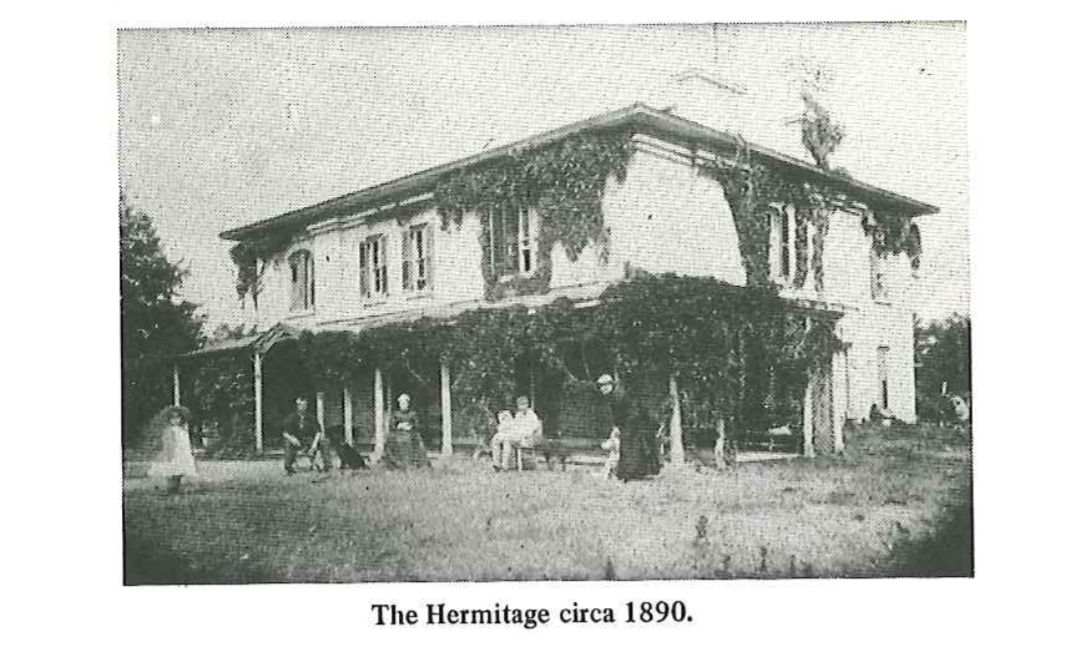When William Black asked Ives for permission to marry her, he was refused. The next morning, Black did not appear with the carriage and was later found hanging from the stable rafters. A suicide could not be buried in a churchyard, so he was buried at a crossroads where Sulphur Springs Road joins Lover's Lane - the road named after the tragedy.
On moonlit nights, some say that Black can be heard crying for his lost love and seen wandering the Hermitage grounds.

The Rich History
There is a rich and interesting history and most people would not know that the William Black ghost and haunting story predated the actual current Hermitage structure that remains as ruins today.
If you want to know a bit more about the history of the Hermitage, here are some excellent resources:
Hamilton Region Conservation Authority
Detailed history and information about The Hermitage:
https://conservationhamilton.ca/blog/the-hermitage-history/Hermitage Brochure (PDF)
An excellent booklet with comprehensive information:
Download the Hermitage BrochureMy Personal Connection
I worked at the Gatehouse Museum as the Curator for one summer in the mid 70's and that is why I know so much about its rich history. The Hermitage holds a special place in my heart and features prominently in "A Letter Guide For Rebecca" - not just as a setting, but as a location steeped in the kind of romantic tragedy and enduring legend that echoes through time.
The story of William Black and his lost love Angelica resonates with themes of forbidden love, sacrifice, and the eternal question of "what if" - themes that run throughout my novel. When you visit the Hermitage ruins today, you can still feel the weight of that history, the whispers of stories that refuse to be forgotten.